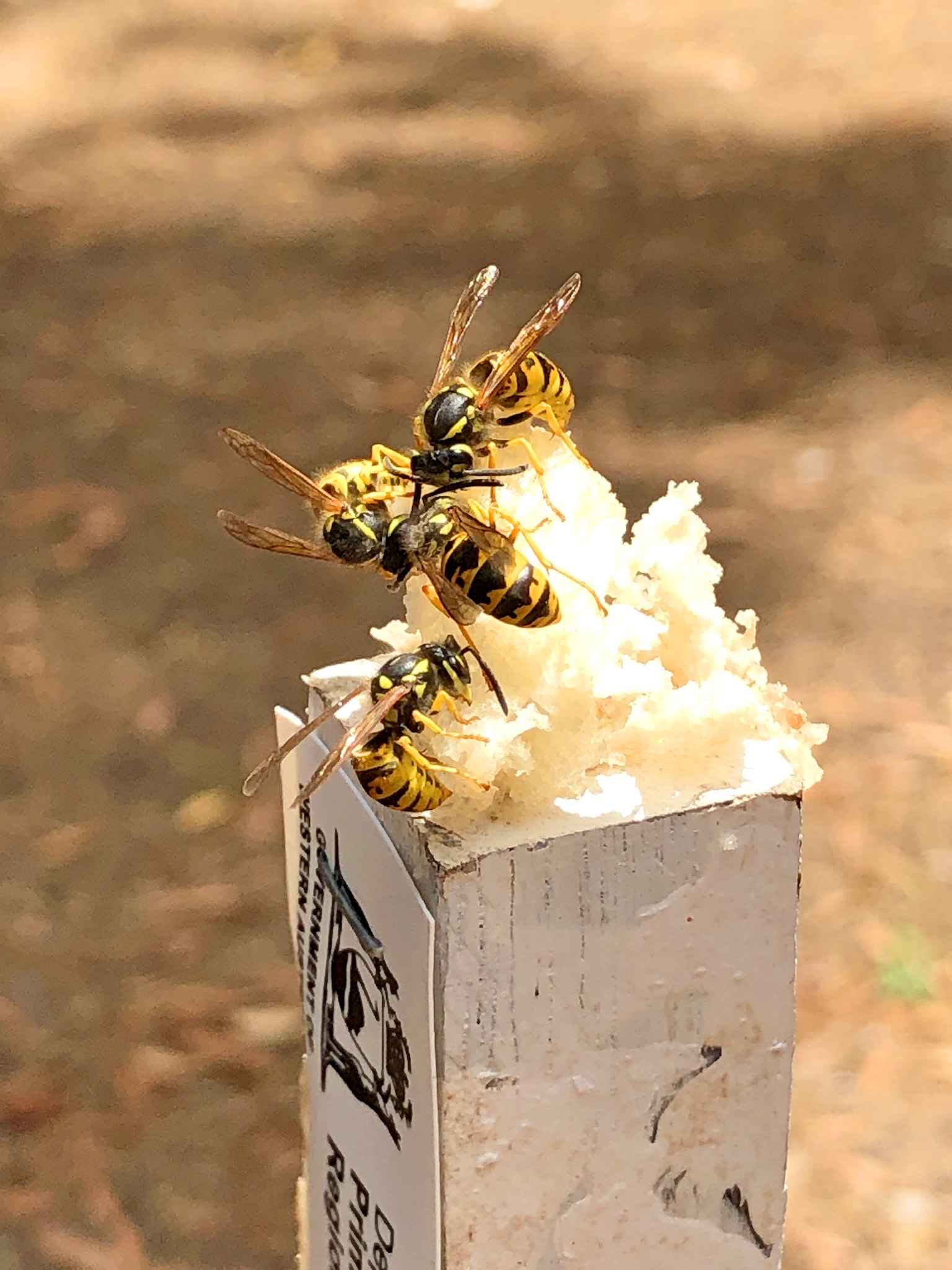
The annual campaign to stop European wasps gaining a foothold in Western Australia is underway for another season, with an increased focus on regional areas.
Department of Primary Industries and Regional Development European wasp program manager John Van Schagen encouraged the Western Australian community to be alert for the pest as the weather warms.
“The European wasp is a declared pest in WA due to its potential to impact our health and outdoor lifestyle, agricultural industries and the environment,” Mr Van Schagen said.
“Help from the public in keeping watch for these pests is vital.
“Last season 53 nests were found and destroyed with the help of residents, local government and community groups, preventing the potential breeding of hundreds of thousands of wasps.”
Mr Van Schagen said incoming freight was the main entry pathway for wasps, who were master hitchhikers.
DPIRD will deploy around 3000 surveillance traps throughout Perth and at several regional ports and main freight entry points into WA including Geraldton, Bunbury, Albany and Eucla.
The towns of Goomalling and Dumbleyung will be trap-monitored after four dormant queens were discovered and destroyed on agricultural supplies imported from Victoria earlier this year.
“Any suspect sightings should be reported to the department’s Pest and Disease Information Service (PaDIS),” Mr Van Schagen said.
“European wasps look similar to yellow paper wasps but are distinguished by completely black antennae and shorter legs, which they tuck up under their body when they fly.
“Wasps scavenging on pet food, meat, fish or dead animals is a tell-tale sign.
“Existing adopt-a-trap participants should now be deploying their traps. People wanting to get involved in the adopt-a-trap program can find out more from the department website.”
In the metropolitan area, priority areas include the Swan Valley and Perth Hills, along with industrial areas such as Belmont, Welshpool, Osborne Park, Stirling, Cockburn, Canning, Kenwick, Gosnells and Kewdale.
Residents in Mosman Park and Mount Claremont are asked to be alert after nests were discovered in these areas last year.
Mr Van Schagen also encouraged travellers returning from over east in caravans to check and clean their caravans to ensure there were no hitchhiking pests.
Reports of suspect European wasp sightings can be made via the department’s MyPestGuide Reporter app®, the department website, or by contacting the Pest and Disease Information Service (PaDIS) on 9368 3080 or padis@dpird.wa.gov.au.
Picture caption: European wasps on lure. European wasps look similar to yellow paper wasps but have black antennae and shorter legs.


